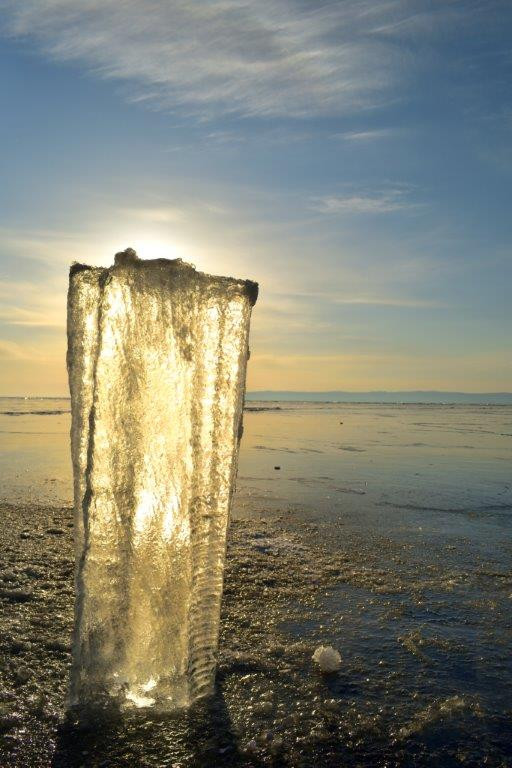Expedition to the Selenga River, March 03-07, 2020
The expedition within the framework of the program “Assessment and Forecast of Ecological State of Lake Baikal and Adjacent Territories under Conditions of Anthropogenic Impact and Climate Change” was carried out from March 03 to March 07, 2020, on the Selenga River.
The aims of the expedition were as follows: to study dynamics of the chemical elements in the composition of the water in the Selenga River, its tributaries, and delta channels in the winter; to analyze the chemical composition of water and snow cover in the estuarine areas of the rivers on the east coast of Southern Baikal; to determine patterns of the distribution of atmospheric deposition in areas of Baikal Natural Territory with different anthropogenic pressure.
During the expedition the following tasks were fulfilled:
- Water was sampled from the Selenga River (from the Naushki settlement to the estuary), its main tributaries on the Russian territory (rivers Dzhida, Chikoy, Temnik, and Uda), and the delta channels.
- Water was sampled from estuarine areas of the Southern Baikal tributaries (rivers Utulik, Solzan, Khara-Murin, Snezhnaya, Pereyomnaya, and Mishikha).
- • Snow cover was sampled from the following areas:
Profile 1: The Kutulik settlement – the Mishikha River, in the direction of the dominant west and northwest winds from the industrial centers of the Irkutsk Region towards Lake Baikal;
Profile 2: The Istomino settlement – the Kyakhta town, in the direction of the dominant winds from the industrial centers of Buryatia.
During the expedition, 30 samples of river water and 26 samples of snow cover were taken. The pH values, electrical conductivity, water temperature, and concentration of dissolved oxygen were determined at the sampling sites. Other elements in the water and the chemical composition of snow cover will be determined in the laboratory of the Institute. The ion concentrations of the salt composition, nutrients, organic substances, and oil products are to be determined. Additionally, the concentrations of suspended matter and polycyclic aromatic hydrocarbons will be determined in snow cover.








